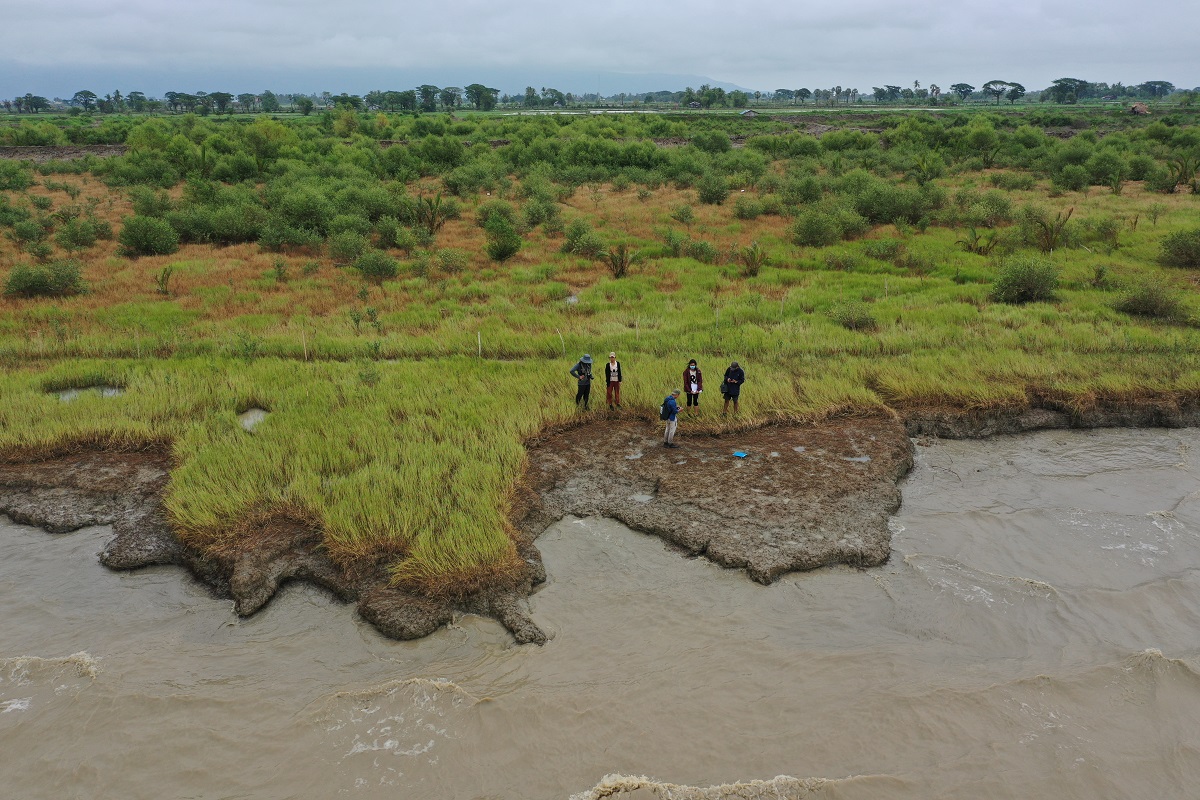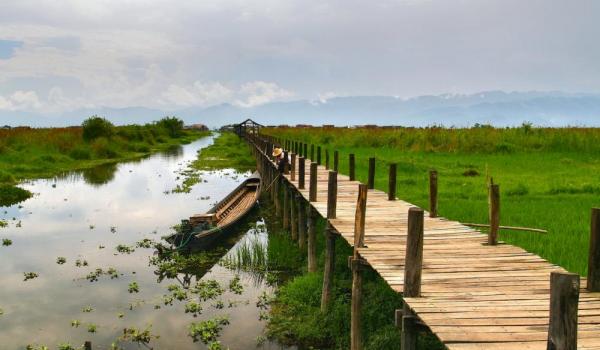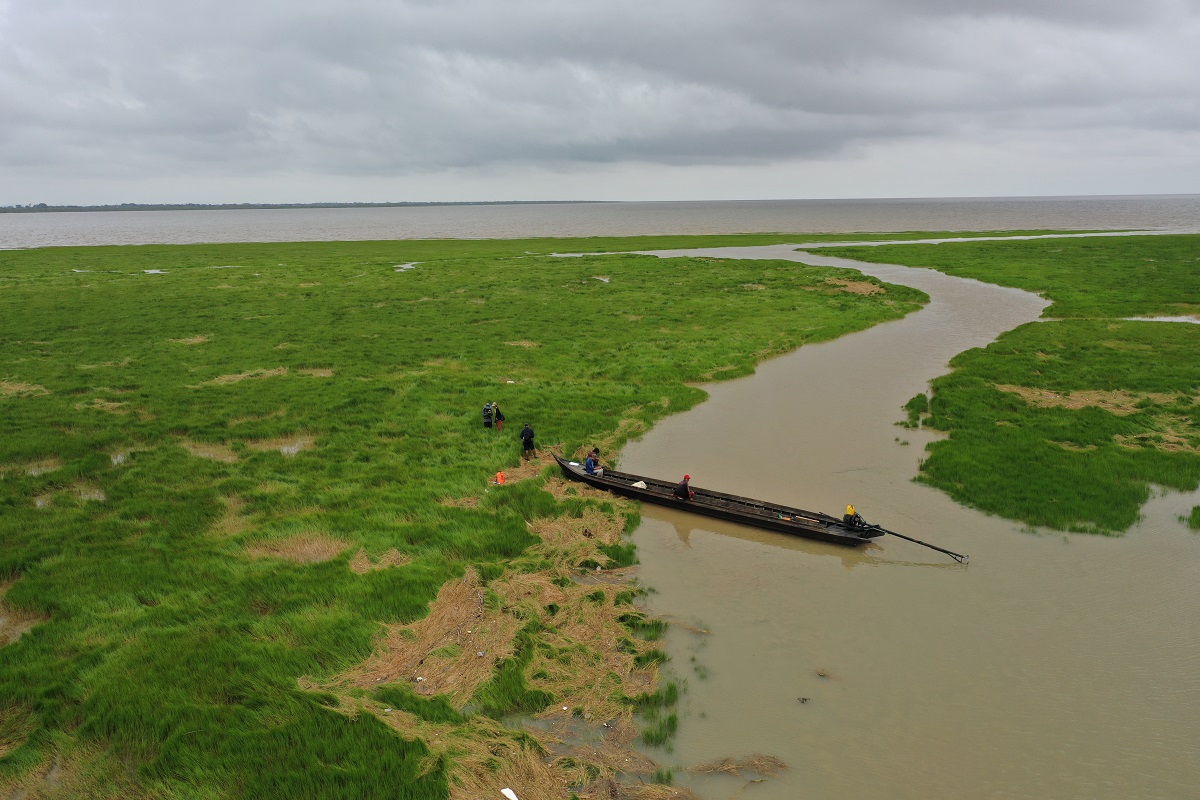Myanmar
With an extraordinarily rich natural heritage and global conservation value, Myanmar is a strategic country in terms of biodiversity conservation. The country is home to 10% of the world's freshwater turtles and tortoises on just over 1% of the world's land area, and at least 250 mammal species and more than 1,000 bird species. Its forests are some of the most extensive and intact in Southeast Asia.
In 2016, IUCN opened an office in the Forest Department (FD) and in 2018 Myanmar became a State member of IUCN.
In 2019, IUCN completed a Restoration Opportunities Assessment Methodology (ROAM) study for the whole country and started implementing a GEF The Restoration Initiative (TRI) in Sagaing Region in cooperation with the FD. IUCN also led implementation of the GEF Mekong Peatlands Project in cooperation with the Environmental Conservation Department (ECD). Both GEF projects were suspended in April 2022 following the coup in February 2021.


Programme of Work
Since 2015, IUCN has been a partner with HELVETAS and NAG in the SDC Gulf of Mottama Project (GOMP) and since 2021 has coordinated implementation of the SDC Building River Governance and Dialogue (BRIDGE) in the Salween River Basin. IUCN is also implementing the Critical Ecosystem Partnership Fund (CEPF), which provides grants to local and international NGOs to conserve globally threatened wildlife and critical habitats.
IUCN has an office in Nay Pyi Taw and staff based out of the GOMP office in Mawlamyine.

Partners
Since the coup, all of IUCN’s projects in Myanmar are being implemented in collaboration with local and international NGOs.






